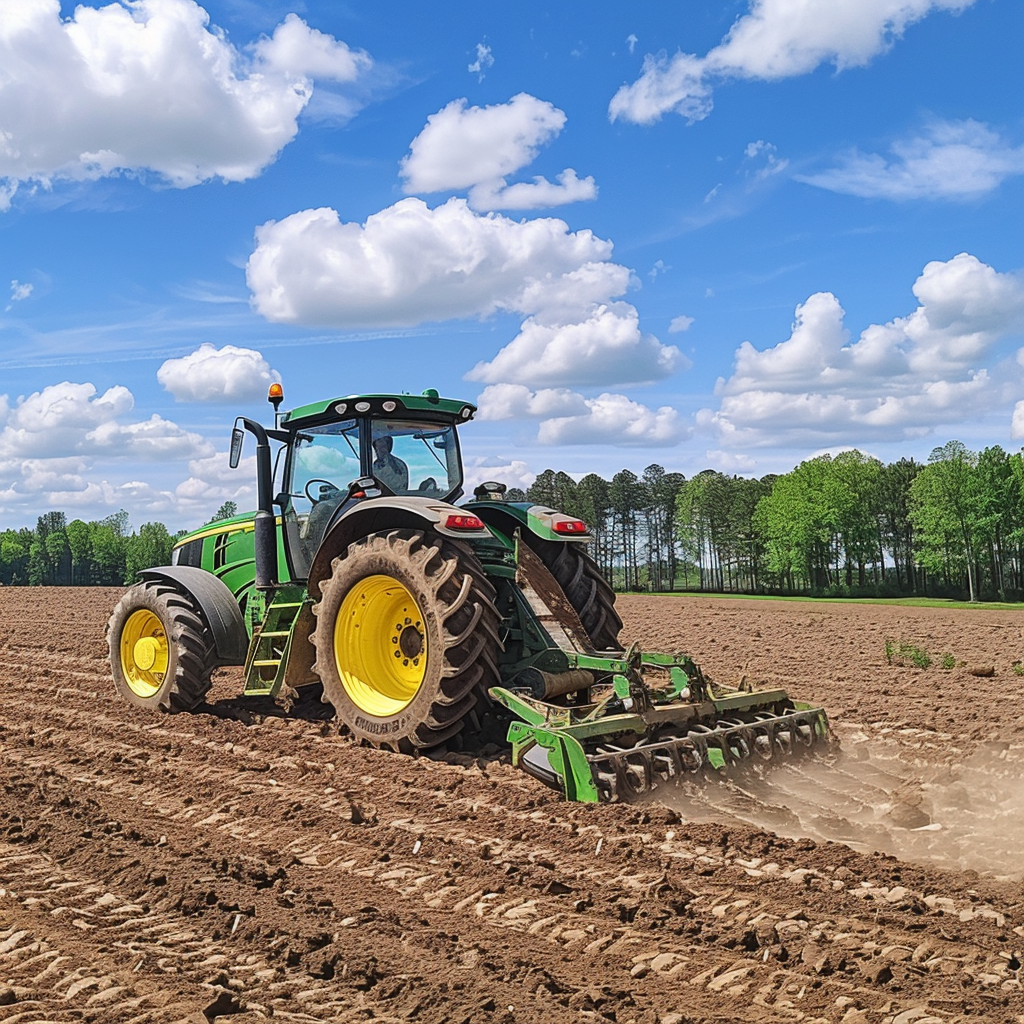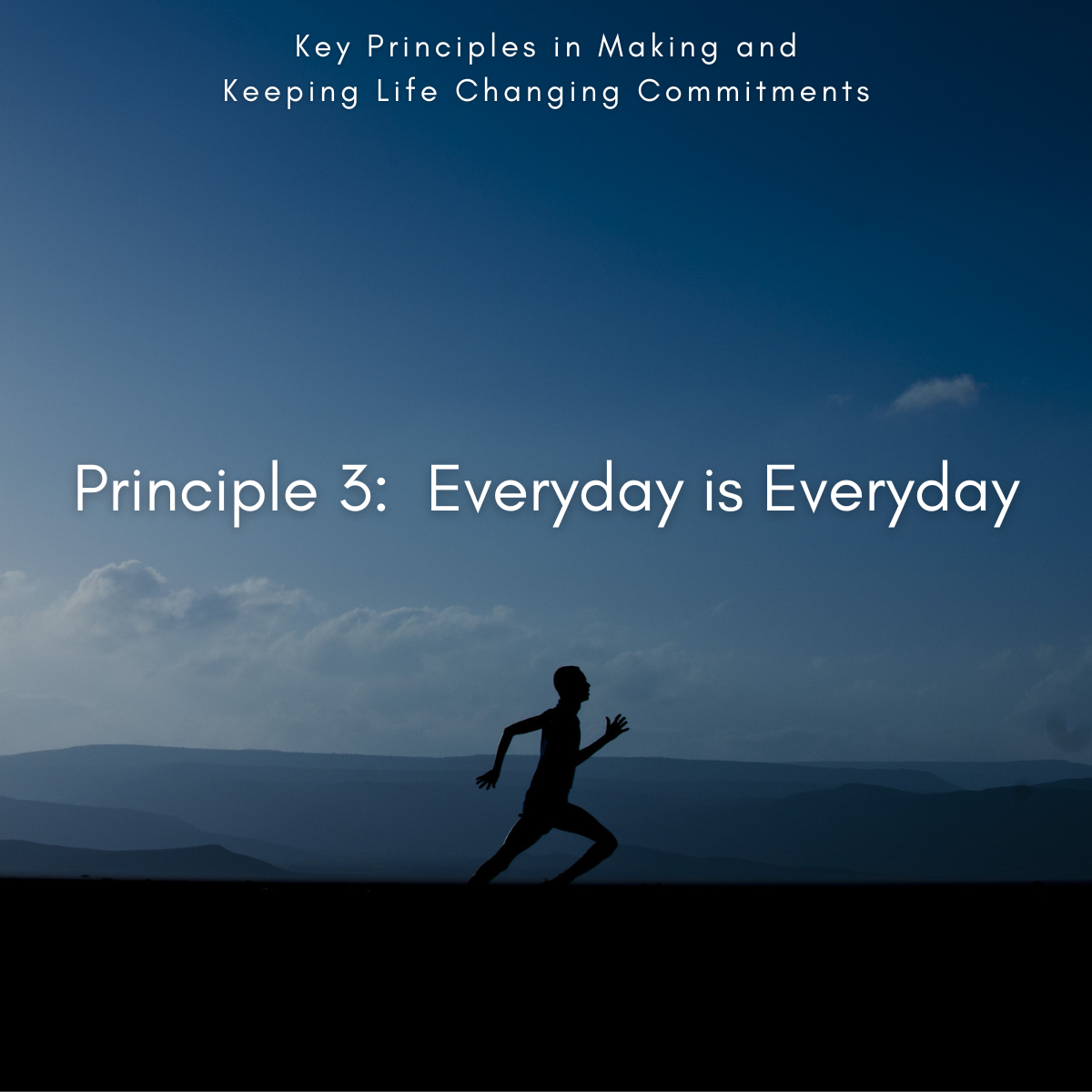In the world of nutrition, we focus a lot on the three big macros: Protein, Fat, and
Carbohydrates. There’s a lot of discussion regarding the benefits and disadvantages of them
and considerable advice on what quantity to consume depending on what you’re trying to
achieve. For most of us, we just want to manage them well enough to maintain our physique
and not gain too much weight. So, we listen and try to follow the myriad of advice givers with
considerable variances in success rate.
Elevating Fiber to a Macro
I propose elevating a fourth dietary necessity to macro status: fiber. I know, technically, you can
consider fiber a carbohydrate, or at least the non-energy producing kind. However, I think that’s
a mistake. Fiber seems to be extraordinarily important, for reasons that I will describe
momentarily. However, before I do, let me try to explain my theory as to why fiber plays such a
critical role in our health.
The Historical Importance of Fiber
Imagine a long time ago, back when we were foraging for food constantly. We had yet to
develop even the most rudimentary farming practices. We humans were basically eating
anything and everything we could get our hands on. We were not selective at all in our dietary
practices. We consumed anything we could in order to survive. Meat was a staple, especially in
the winter months, but also any root, nut, seed, egg, plant, flower, fruit, or vegetable we could
find. These were barely processed, if at all. These foods also did not have years and years of
genetic breeding to produce the pure strain foods that we have now. This means that we would
get some nutrients out of the food, but we would also get a lot of non-digestible things as well.
Just think of all the plant fiber, casing, shell, debris we would be consuming along with the small
quantity of nutrients we could scavenge.
This means we would process a lot of what we now call fiber. Our intestinal system was
designed to pass a significant amount of this non-digestible material. Our bodies became really
good at it, and would become a machine at processing and pushing through things that the body
could not use and absorb every possible nutrient that was available. Just think of how much of
your intestines food travels through before it gets to your colon. It is quite incredible to think that
through, how much our bodies were built around consuming substances, squeezing every bit of
nutrient out, and efficiently removing what was not needed. There is a massive ecosystem built
around our intestines that serve this function.
Modern Diet and Fiber Deficiency
Now fast forward to today, when all of our food is relatively nutrient-dense. Yes, even that fast
food hamburger and fries are extremely nutrient-dense when compared to what our ancestors
were eating. Your body is pulling every particle of fat, sugar, oil, sodium, and other molecules
out of that food and finding a use for it. Here is the problem though, most of our food has very
little fiber. Our foods are, for the most part, pure. They have been cleaned and processed, and
scarce amounts of particulate matter make it into our foods. Which means that our daily fiber
intake is nowhere close to what it might have been when we were scrounging the earth for
whatever we could find.
The Case for the Fiber Diet
The USDA daily recommended allowance that we all see on the back of labels is usually not even accurate for our age, height, weight either. Take myself, for example. I am a large stature person, thanks to my Viking heritage. At 6’2 and well over 200 pounds, I should probably be eating at least 50 grams of fiber per day. It is really hard to eat that much fiber; in fact, that is all you can focus on if you try. Forget carb counting, calorie counting, or anything else. If you just focused on fiber intake, your diet would have to dramatically change to get the level of fiber that you probably need. Even off-the-shelf fiber products do not help that much. At most, they will give you 4 grams of fiber per serving, so if you are not eating the right types of food then the fiber pills, shakes, or drink mixes are not going to get you there.
The point is that most people are not even close to their fiber intake unless they are over-consuming food in a large quantity and then this discussion is pointless. The problems of significantly over-consuming food will far outweigh any issues related to fiber intake. People generally struggle to get enough fiber and, as a consequence, suffer from a whole series of other issues. Here is a quick list of issues related to lack of fiber in the diet:
- Constipation: This is one of the most immediate and noticeable effects of a low-fiber diet. Fiber adds bulk to the stool and helps it pass more quickly and easily through the digestive tract.
- Weight Gain: Fiber contributes to feelings of fullness after eating, which can help control appetite and prevent overeating. Without enough fiber, you may find yourself feeling hungrier and eating more, which can lead to weight gain.
- Blood Sugar Fluctuations: Fiber helps to slow the absorption of sugar into your bloodstream, helping to prevent spikes in blood sugar levels. A lack of fiber can lead to more rapid rises in blood sugar after eating, which can be particularly problematic for people with diabetes or prediabetes.
- High Cholesterol: Fiber, particularly soluble fiber found in foods like oats, flaxseeds, and beans, can help lower cholesterol levels by binding to cholesterol in the digestive system and removing it from the body before it circulates in the blood.
- Increased Risk of Cardiovascular Disease: Over time, the effects of high cholesterol, high blood sugar, and increased body weight can contribute to a higher risk of heart disease and stroke.
- Digestive Disorders: Beyond constipation, a lack of fiber can increase your risk of developing certain digestive conditions, such as diverticulitis (inflammation of the intestine), hemorrhoids, and irritable bowel syndrome (IBS).
- Feeling of Inadequate Satiety After Meals: Without the bulk that fiber provides, meals might not feel as satisfying, leading to increased snacking and a higher overall caloric intake.
Fiber-Focused Diet Adjustments
With all this said, I have a new concept. It is called the fiber diet. You have the carb diet, the no-carb diet, the meat eater diet, the vegan diet, and everything in between. So, I want to create the fiber diet. This is rather simple. Find out how much fiber you should be eating per day, and then eat it. In my case, it is like 50 grams. So I started out my day tracking the fiber count in my foods. I did my best and could only get to 23 grams. This is because my diet is completely out of whack. I am worried about eating too many carbs, or too much fat, or too much sugar. What I need to worry about is how much fiber I am getting in my diet. So the next day, I changed it up. Here are some substitutions that I made:
- Black Rice for White Rice – Yes, black rice is exactly what it sounds like. It is also called, forbidden rice. This has 4 grams of fiber per cup.
- Avocados with Every Meal – Avocados have a crazy amount of fiber. 14 grams. Hard to find another food that has that much fiber naturally.
- Eat Berries Instead of Snacks – Blackberries and Raspberries 5 – 6 grams per cup. You can literally eat as many as you can.
- Use Almonds or Almond Flour for Everything – These have 13.3 grams of fiber per 100 grams of food.
- Sprinkle Chia Seeds on Everything – These are the best. Do not taste like much and give you 34 grams per 100 grams of food.
- Popcorn – makes a great snack, low calorie and a 14.5 grams of fiber per 100 grams of food.
- Lentils – also awesome, 14 grams of fiber for 100 grams of cooked food.
- Brussel Sprouts – great food and snack. 4 grams of fiber.
You get the idea. If I keep going, what you will notice is that the new diet is packed with raw, whole foods. If you eat this new diet, you will not have room for anything else. It will take you all day of eating the various vegetables, grains, and fruits that have high fiber content. Mix in proteins where you can, and voila, super healthy diet.
So this is my new plan. Eat my recommended requirement for fiber every day. Count only that. See what happens.




